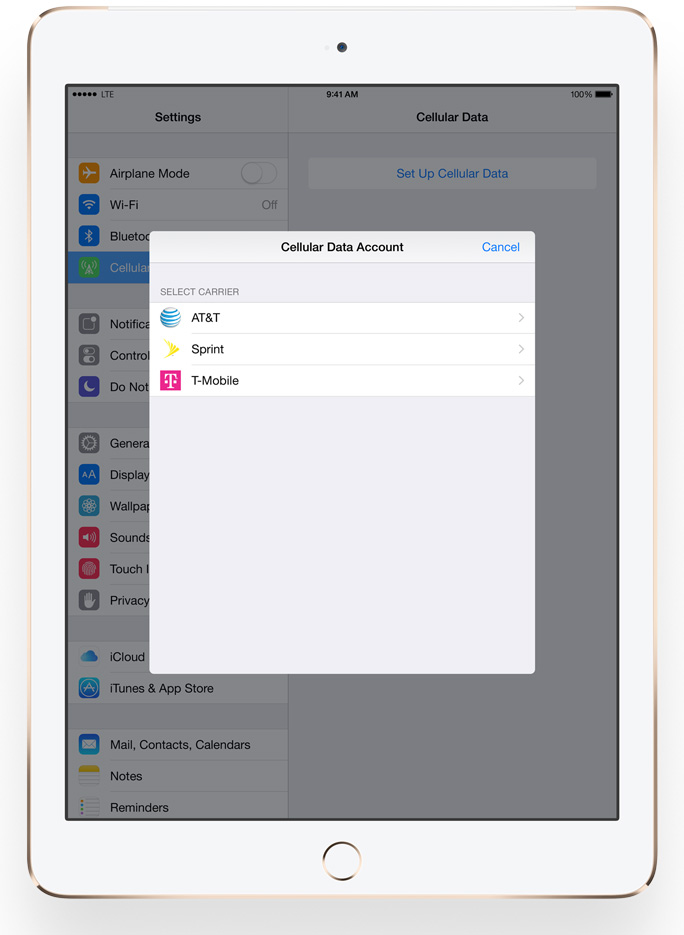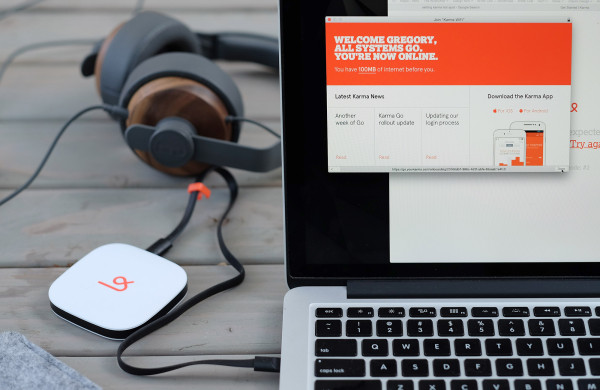 By Gadjo Cardenas Sevilla
By Gadjo Cardenas Sevilla
In an increasingly connected and app-dependent society, finding the best solution for staying connected while travelling continues to be one of the most elusive challenges for Canadians.
A big concern for travelling Canadians is how to keep in touch and stay connected using their phones and services. Smartphones and their corresponding calling, messaging and data services are extremely useful for staying in touch, running quick Google searches, navigating and even translating while in a foreign country. With apps like Instagram, Facebook, iMessage, Snap, Viber and WhatsApp serving as conduits between people and the rise of connected IoT devices helping us monitor our houses remotely, our thirst for data and connectivity is at an all time high.
Roaming still complicated and costly for Canadians

The problem is that once we step into a plane, train or automobile and cross borders, the amount we pay for roaming voice, text and most specially data increases exponentially. It is shockingly common to hear stories about how Canadians on vacation, using innocuous services like email, maps and navigation or just checking social media, have amassed monster phone bills that cost equal to or even more than the cost of their trip.
Personally, I’ve used my carriers ‘roam from home,’ service which charges a daily rate (for TELUS is $7.00 for US and $10.00 for Europe) to access my voice, text and data services while abroad. Rogers charges less for US access ($5.00 a day) and the same for International ($10.00).
Bell’s approach is a bit different, for $5.00 a day, they allot 100 MB of data plus unlimited talk and text for US, Puerto Rico and the Virgin Islands. The same 100 MB allotment costs $10.00 a day (with unlimited talk and text) for International destinations.
If you use a lot of social media, stream music, or even email with attachments, you’re going to burn through that data cap within a few hours.
Looking elsewhere

When Canadian carriers fail to offer affordable or workable data roaming solutions, it is time to look elsewhere. I’ve invested in a Karma hotspot, which comes with preloaded data and allows up to 5 devices to connect to it, as one way to keep connected while visiting the US.
Karma has a variety of options and, if you leave the hotspot open for other people to use, you earn back data for providing the service. This works best in high-traffic areas like airport lounges or even while sitting in a plane waiting to take off or get to the gate. People will sign up to quickly check email or send a message and you, as a Karma provider, can benefit by earning data you can use.
Using Karma or other US-based hotspot services means you have to buy the hardware and subscribe to a plan. This might be cost efficient if you travel to the US often, but could also cost a lot of money if you don’t manage usage wisely.
Apple iPad users who have the WiFi plus LTE version have access to an Apple SIM, this is a special SIM card that gives you the option of signing up with a local data provider in the country that you are visiting. You can do this directly from your iPad and use the device as a hotspot for your smartphone or your laptop. Again, your mileage with this will vary depending on the country, carrier or data plan you’ve signed up for.
Sticking with Wi-Fi
 Fastidious travellers know that hotel Wi-Fi or using free services from places like Starbucks or McDonald’s is a sensible and cost effective way to stay connected.
Fastidious travellers know that hotel Wi-Fi or using free services from places like Starbucks or McDonald’s is a sensible and cost effective way to stay connected.
To get the most out of this, travellers have to plan their online activity (checking social, posting photos, replying to email) around their time in these places.
It is also highly advisable to invest in a VPN (Virtual Private Network) service when travelling, specially if you use a lot of free or open hotspots as these are notorious for being spoofed by hackers or identity thieves.
Conclusion
Being able to travel and have access to data, calling and texting functionality is still a headache for many Canadians. While telcos and service providers have offered new options and plans, it isn’t as affordable, or as transparent as it needs to be (i.e. in the EU, you can travel across borders, use your home service without penalties).
Buying SIM cards in the places you visit is still an option that might make sense if you plan to stay there long but looking into a mobile hotspot with prepaid data, using a tablet like the iPad or planning your activities around free or secure Wi-Fi locations are some solutions to consider, as is the use of a Virtual Private Network or VPN.



